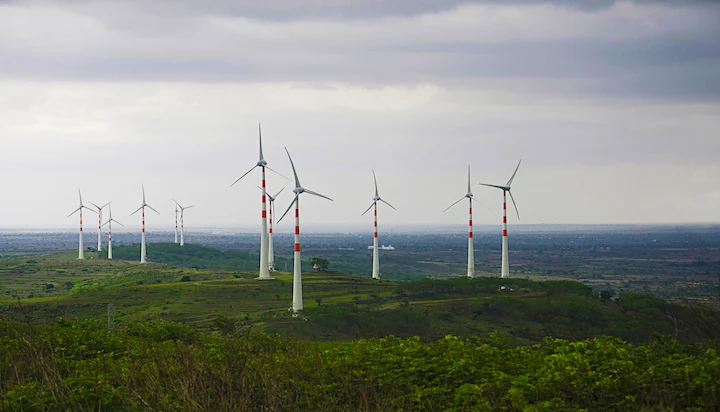The finance minister’s announcement of setting up of four coal gasification plants by Coal India Ltd marks the maturing of the country’s coal sector and announces its readiness for a clean energy future.
Gasification allows the value of our coal resources to be unleashed in a non-combustible means, thereby averting emission of toxic gases otherwise embedded in coal at the point of combustion. These projects will produce products like methanol, DME, ammonia and ammonium nitrate that are building blocks for the energy and chemical industries. With a bold energy transition towards renewables already underway in electricity sector, our vast coal resources can now be diverted to non-combustion industrial uses, gasification being a prominent one. The adoption of carbon capture and storage (CCS) technologies with gasification would help deploy India’s vast coal resources without causing air pollution. This earns it the terminology of ‘clean coal technology’.
Two years back, CIL included gasification as a major component of its diversification agenda, others being solar manufacturing and aluminum. Since then, it has already sought bids under BOO for three gasification projects, while two more are on the anvil, adding up to use of 10 million tons of coal per annum. The envisaged gasification products can be used as fuel and feedstock in downstream industries.
The related ministries have already announced standards of blending methanol and DME in petrol and LPG, respectively, which will promote demand for these products. The other two products, ammonia and ammonium nitrate are vital ingredients for urea and explosive manufacture, respectively, and are presently being imported to meet domestic demand.
One question arises. India has been a coal importer for long, and whether there will be sufficient coal available for gasification after meeting the requirements of the domestic power and industrial sectors.
It is noteworthy that a large number of captive coal blocks have now come into production, and CIL has also embarked upon a plan to raise production from 600 mt last year to 1 bt by 2024. The captive coal blocks are likely to produce nearly 200 mt every year in the next 2-3 years. Hence, domestic thermal coal availability will exceed demand in the next few years.
In 2020, the government made the coal block regime even more attractive by permitting sale of coal by captive coal block owners, after meeting their own requirement. This has resulted in an enthusiastic response from the mining industry. All put together, from a position of large coal imports, in the next few years there may even be surplus for exports.
Coal gasification brings several benefits. India is highly import dependent for petro-chemicals and natural gas. The products envisaged in these new projects will provide feedstock for a new industrial economy and promote ‘atmanirbharta’. As of now, petrochemicals and gas-related downstream industries are largely dependent on imported feedstock. The import-based LNG terminals located in western India supply imported gas to projects in Gujarat, Maharashtra and Kerala. The new coal-gasification based industries in eastern and central India could be a game-changer, spurring new plants in these sectors and in different regions. The four projects are planned in close proximity of coalfields in West Bengal, Chhattisgarh, Jharkhand and Maharashtra. These were traditional industrial areas of the country, and with the pivot of manufacturing shifting elsewhere, they have for some decades now lagged for want of investments in large industries.
There will be a challenge of accessing technology for gasification. Many technology providers are not even coal mining companies, and may not be interested in coal mining for supply of coal to these plants. CIL has rightly offered to derisk them by providing coal and also guaranteeing purchase of their output. Each of these projects is expected to consume nearly 1.5 mt of coal per annum, and might lay the foundation for a near $ 50 billion investment, for gasification of 100 mt of coal annually by 2030.
Source: empactstrong.com









